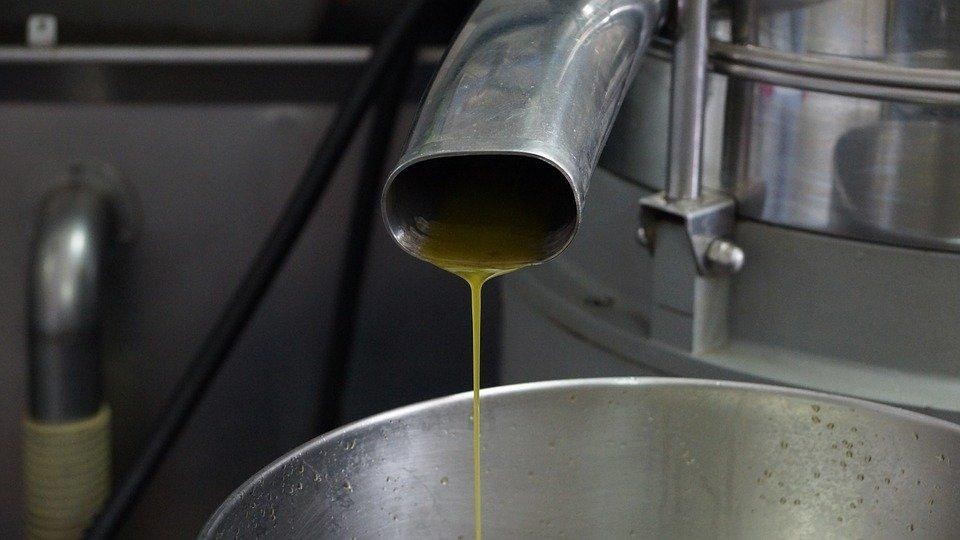It is almost impossible to talk about food-grade stainless steel and not mention the best 304 tubes of stainless steel within that conversation. 304 is the most common food grade steel and most of its properties are what you would look for in steel that will be used for food-related applications. Here are some of the properties to take note of when choosing food grade steel.
Food Grade is Antibacterial
This is an important property because food needs to be free from bacteria. The best 304 tubes of stainless steel are composed of chromium which gives it that outer shiny coat. This is not just to make it look good, it also ensures that bacteria do not have a healthy place to breed. That smooth surface cannot harbor pockets for bacteria to breed. It also makes it easy to wash and disinfect with less effort than you would need to clean plastic or wood. If for example, you have liquid running through the pipes in a factory, to clean them, you can simply flash them and any residue will be washed out.
It can Withstand High Temperature
Many metals will react when the heat is applied; food-grade stainless steel however remains unchanged. In normal circumstances, the amount of heat that food-grade has to withstand is not even above 100 °C. 304 stainless steel which is the most used food-grade steel can withstand temperatures as high as 870°C. Most manufacturers will however warn that while it can even withstand more temperature, constant exposure to extreme temperature can cause oxidation. This is no problem considering if you take the process of pasteurization of milk, the temperature will not exceed 150°C.
Corrosion Resistance
This property of stainless steel alloys is what makes it perfect so many applications. When it comes to food-grade steel, it will be exposed to acidic foods that could cause corrosion for other types of materials but stainless steel like 304 can withstand the corrosive content in most food substances. However, excess amounts of salt may affect many stainless steel alloys and that includes 304 which can corrode after extensive exposure to salt. In applications that will have a lot of salt, 304 may be replaced by 316 which has molybdenum that makes it more resistant to corrosion.
Doesn’t React
Certain metals like aluminum are shunned because they react and end up contaminating whatever is passed through them especially if heat is applied. Stainless steel however will not react to the different substances that it has to contain, this makes it safe for use as well as pure. There is no risk of ending up with the taste of the steel in the food that is processed through stainless steel. If you passed hot milk through a 304 stainless steel tube, you do not have to worry that the steel may dissolve into the milk. There are no elements within the steel that can be dissolved into the food.
Stainless Steel is Strong
Food grade steel is also used for storage and this requires strength. It is strong enough to bear the weight of whatever is stored in or on it and it also has to be strong enough to last long despite whatever it is put through. Some applications will require durability for example when it is applied in a restaurant kitchen, the material should deal well with wear and tear. Industrial kitchens put a lot of strain on the equipment and stainless steel can withstand such strain.
It Looks Good
It is not a must that food-grade steel looks good, but it doesn’t hurt that it does. If for example, you want to impress guests in a restaurant, presenting shiny stainless steel utensils is a good way to do that. Also, the industry needs to care about the look of its equipment. 304 stainless steel pipes can make a good impression in the food processing industry. The composition of many stainless steel materials gives them a silvery look which appeals to many. It is also easy to maintain so you can keep it looking bright and shiny with very little effort.
Conclusion
Stainless steel is increasingly being used in the food industry because of the above properties. Whether it is a food factory or a commercial kitchen, you will always find the presence of stainless steel with 304 being the best choice in most food applications. The resistance to oxidation, corrosion, and durable nature are mainly due to the composition of nickel and chromium. In some cases, higher grades of stainless steel may need to be used either to make it harder or when there is a higher amount of corrosive elements.
The manufacturer of the stainless steel used can play a part in determining if it will have the properties mentioned above, always ensure you purchase your food-grade tubes of stainless steel from a reputable manufacturer.

